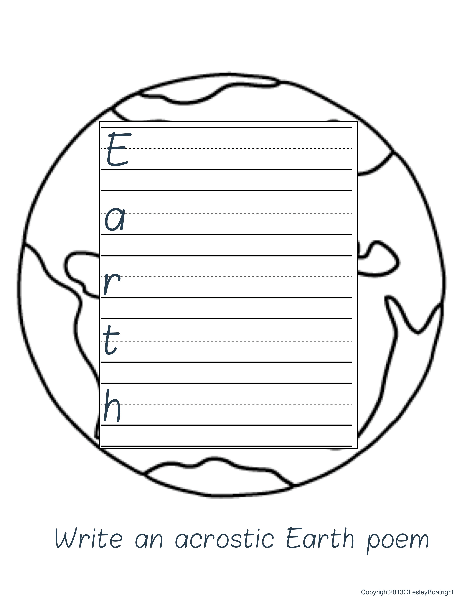Hi everyone! This is Wendy from 1stgradefireworks!
SPELLING!
I know...those dreaded not fun words that we tell our kids "You NEED to know these words"..because...you will use attempt to use,forget to use, want to use, in your reading, writing and of course...FRIDAY SPELLING TEST! UGH!
So...how many ways can we HELP our kiddos practice those dreaded spelling words???
I teach from a district "provided" curriuclum. What does THAT mean? Basically, it means I am "given" the words my kiddos need to know for the week. In 5 weeks...they will take "benchmark" test which will include SOME of those words. So...we need to practice ALL of them !
How to make the kids WANT to learn them??
HOW?? HOW??
I try (attempt ) to do Daily 5. I want a Balanced Literacy classroom where kids can practice ALL aspects of literacy..DAILY! ( I have high hopes for them...and for ME!)
So I encorporate WORD WORK activities in our day..in one way or another. They never know what today's Word Work will be...I don't EVER want to hear a MOAN!
This little "trick" has been used with Spelling words, vocabulary words, grammar words, ELD..really ANYTIME you need kids to read, giggle, and use language with words.
* Disclaimer....I am NOT a FAN of worksheets!
YES..I use them. My district provides them. I use them for mini assessments, partner work, independent practice,
whole / small group teaching....
see smaples...
(Click on picture to see spelling lists)
BUT...
I would rather my kiddos create their own work!
So how to? How to?
I pass out 1 sheet of ...PAPER!
If I only have white paper...I have my kiddos number off...1,2,1,2,1,2,1,etc..
ALL of the 1's...get out a RED crayon!
ALL of the 2's ...get out a BLUE crayon!
Then we fold...yes..FOLD our papers together!
My kids know HORIZONTAL and VERTICAL from DAY 1.
(NO HOT DOG/HAMBURGER...when is anyone ever going to tell them to fold their paper like a hot dog? Tell them to turn their paper horizontal and match the corners!
If we have 8 spelling words...we fold into 8 squares.
10 words..10 squares...16 squares? And smaller & smaller...
Again...It just depends on your words.
THEN...we ..open up our paper & draw the horizontal & vertical lines!
Next...TOGETHER ( I use my doc camera ) we write ALL of our words..
1 words in a square. Then we ...CUT ON THE LINES!
When we are done ( they get faster at this as the year goes on)..
we will stack up our words...
YES! We are playing the MATCHING GAME..
BUT WAIT!
How do they find a partner?
Remember the two different colors?
Have ALL of the students who used a RED crayon to STAND UP!
Go find a partner who is...SITTING DOWN!
Why?
When they clean up...you take your RED WORDS & your partner will take his/her BLUE WORDS!
Easy Peasy!
One other way to play is to pass out two colors of "colored paper"..love this for HOLIDAYS!
Same rules apply..Fold, write, cut, & find a partner with a different colored paper!
IF...I have two students left with same color..
SO BE it! Play & I help them sort their words if they can't find their own handwriting!
THEY LOVE THIS!
Easy way to add WORD WORK in an interesting & productive way.
After clean up...TAKE THOSE WORD CARDS HOME TO PRACTICE!
( You sly teacher you...HAHA)
So here's a few pictures of my kiddos in ACTION!
I hope this little tidbit helps you in your quest to find PRODUCTIVE
WORD WORK ACTIVITIES!
I also mainstream 2 Autisitic students daily for Oral Reading Comprehension, phonics pratice, and social skills...they LOVE this game (took awhile to teach "waiting for your turn", and 'turn over 2 cards ..NOT ALL OF THEM' ...but we are making progress!
I hope your kiddos get a chance to..
As MISS FRIZZLE ( MAGIC SCHOOL BUS) would say..
"TAKE CHANCES...MAKE MISTAKES...AND GET MESSY!"
Enjoy!











.JPG)
.JPG)
.JPG)
.JPG)
.JPG)
































